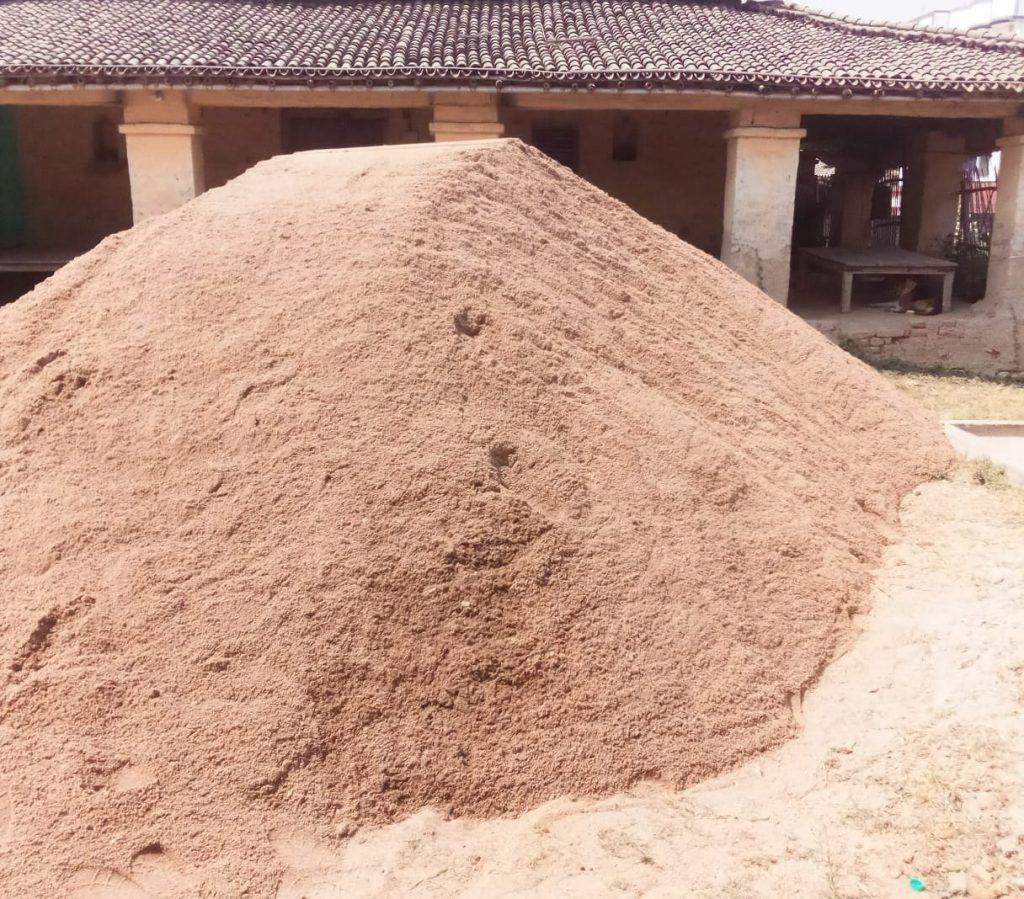Durability is a crucial factor in sustainable construction. It assists to ensure that buildings continue to perform their purpose throughout their lifespan. Insufficient durability could cause significant cost for repair and rebuilding as well as environmental damage.
Durability can also reduce costs for maintenance by decreasing unplanned maintenance time. This is essential when it comes to heavy machinery like cranes.
The importance
The capacity of building materials and buildings to stand up against degradation and decay is one of the most critical aspects of building performance. Durability is often a combination of several factors, including choosing the right raw materials, quality control, construction considerations, and maintenance techniques.
For example, are durable materials which can resist the natural ageing of their constituents with years. The materials are also able to be used to make new ones over the duration of a structure, which is an essential aspect of sustainable development.
A lot of times, the durability comes along with a low-maintenance. A concrete building requires minimal maintenance during its life span compared to wooden structures that might require regular repainting. The durability of structures is essential because it can help reduce the annualized embodied environmental impact.

Factors Influencing Material Longevity
Numerous factors influence the longevity of construction materials. It’s hard to know the lifespan of a building based on the construction materials used without detailed specifications however, buildings that have high durabilities can last longer than 30 years prior to when major repairs are required.
A building’s durability can be determined by the selection and the quality of its construction materials as well as the right construction methods. Concrete can be an extremely durable material when it is correctly laid, dried and shaped. Protective measures like cathodic impressed current shielding can also extend the life of steel as well as reinforced concrete parts.
The durability of a product is usually correlated with low maintenance. In general, durability is associated with low maintenance. In the case of siding on the exterior that needs regular maintenance will not last as long as windows made from pultruded fiberglass that need little or no maintenance in operation.
How do you improve the durability of the materials
When it comes to building a tall skyscraper or constructing a piece furniture, construction materials that are durable will last for years of use. For the best durability of a product the right planning and execution is required. Strategies for durability include:
Integrating durability into product design starting from the very beginning. The modular structure allows replacement of parts and for repair. This extends product life and helps reduce waste.
Conducting tests on durability in the lab to determine what issues there are and how to test the issues. Information for consumers about endurance to help promote sustainable consumption.
The goal is to reduce return rates while lowering the cost of maintenance, and keeping downtime to a minimum for a reduction in operational expenses. Through investing in projects that are durable firms can decrease inefficiency, improve inventory management and redistribute resources to other business. In addition, durable projects reduce the recurring expenses, thereby increasing the yield on investment. They help companies reach their financial objectives and continue to achieve long-term growth.
Environmental Impact of Construction Materials
The construction industry consumes numerous resources as well as generates plenty of waste. The substances used on site as well as the Diesel utilized by diggers, trucks, as well as the construction components themselves each have an environmental impact.
Built with durability can lessen these environmental impacts by spreading the upfront impacts over a longer period of time. Buildings that are durable also require lower maintenance, da 1×2 which decreases the use of new materials and energy.
Natural building materials like timber, cob, straw as well as rammed earth and clay have low impact. They are available nearby or on site. These are typically less costly and don’t need large distances for transportation or factories in order to produce their products. Additionally, they can be recycled and reduce their environmental impact.
Maintenance Practices for Construction Materials
Construction equipment requires regular maintenance to ensure safe and efficient operations. This includes lubricating the equipment to avoid wear and friction as well for calibration indicators of load capacity to avoid overloading, which can cause accidents or costly damage.
The maintenance practices of a company have an enormous effect on the lifespan of equipment and the value of resale. Equipment that is not maintained can be more effective and will last longer. This decreases the time to complete projects and increases costs.
Mechanically caused failures are the leading cause for major equipment failures. However, this can be avoided by routine maintenance and preventative inspections. The largest direct cost is related to expenses of mechanics in addition to equipment downtime as well as lost efficiency.